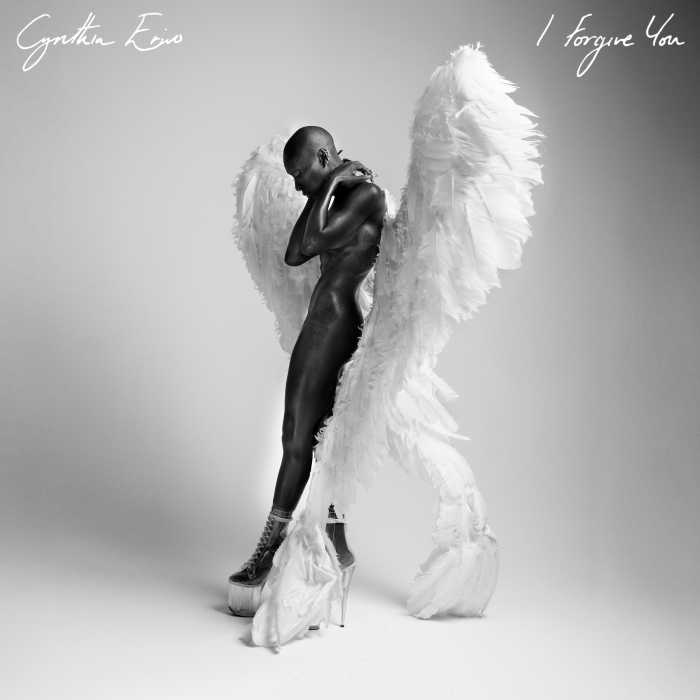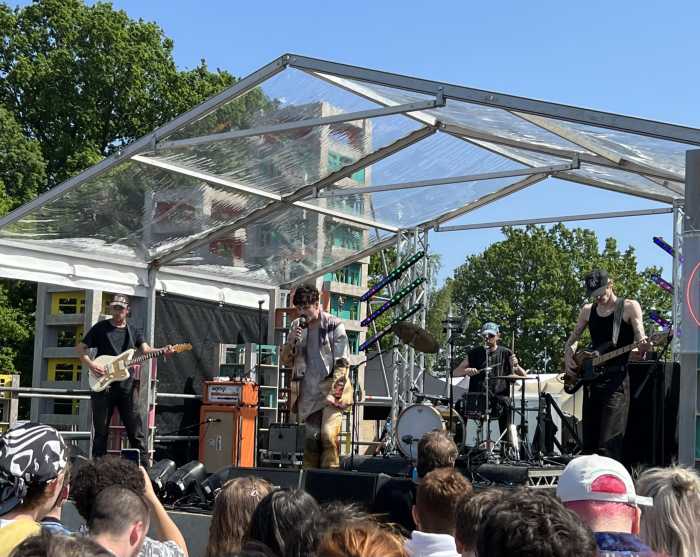Bizet’s “Carmen” is musically a surefire entertainment machine with one great tune after another. Dramatically though, it is a minefield for the director and the protagonist. In avoiding familiar clichés, both directors and mezzos can be misled into foolish choices.
The mezzo must embody an irresistible femme fatale — the inscrutable “other” that can drive a man to forsake everything he holds dear. Everyone in the audience has a different vision of what that “other” is. Not playing an archetype, Don José has an easier journey as a man on a downward spiral of sexual obsession.
Richard Eyre delivers a strong Bizet; Susan Bullock sags as Elektra
The new production of “Carmen” that opened at the Metropolitan Opera on New Year’s Eve is the most successful production I have seen of the piece. My frame of reference for live performances of “Carmen” only goes back to the last two largely unsatisfying Met productions, by Peter Hall and Franco Zeffirelli (we’ll charitably pass over the Jonathan Eaton production at New York City Opera).
Debutant director Richard Eyre and his designer Rob Howell have reset the work (as did Frank Corsaro in a 1984 NYCO production) in the Spanish Civil War period of the late 1930s. Howell’s costumes adapt 20th century suits, uniforms, print blouses, and floor-length skirts to suggest 19th century silhouettes.
The sets mix stylized scenic elements with realistic details. Revolving semi-circular slanting walls of sandstone brick reconfigure to suggest a barracks or a plaza in Act I, a basement tavern in Act II, and a mountain pass and a bullring in Acts III and IV. The versatile sets allow acts to be played together so there is only one intermission, after Act II. Evocative lighting by Peter Mumford, imaginative scenic units, and versatile stage groupings create abundant visual interest.
Orchestral interludes are choreographed by Christopher Wheeldon into two erotic flamenco-tinged pas de deux danced by Maria Kowroski and Martin Harvey that mirror the passions of José and Carmen.
Eyre creates a stark world of military and religious oppression where sex and violence provide a necessary escape and release. Even Micaela is a product of this world — her interview with the soldiers in Act I nearly turns into a gang rape, while her love duet with Don José becomes increasingly physical and passionate.
Eyre works from within the music and libretto and sees what new revelations evolve from his choices. The dramaturgy is more organic and convincing than pasting a concept or shock tactics onto the opera’s surface whether they fit or not. Intelligent and consistent, Eyre’s vision of “Carmen” lacks Zeffirelli’s picture book romanticism but has more grit and substance.
The musical standard was high, though the initial impression made by conductor Yannick Nézet-Séguin, also debuting, boded ill. The prelude was rushed through in a superficial manner with little detail or contrast, but when the singers entered tempos relaxed and were shaped with style and point.
Latvian mezzo Elina Garanca provided an intelligent, well-sung interpretation of the protagonist that never quite caught fire. Sleek and glamorous with a cat-eyed beauty reminiscent of a film noir vixen, Garanca rarely lost her cool. This Carmen seemed to favor throwing her men off-balance — often literally tripping them or slapping them when they expected a caress.
Poor choices in costuming and staging limited her effectiveness. Carmen made her entrance through a trap in the floor, wearing a dingy gray apron. The dark curly wig and shapeless printed blouses and skirts didn’t heighten her allure. Garanca’s last-act gown that mirrored the show curtain (black with a red diagonal slash) was the only ensemble that showed off her stunning figure and feline grace.
Garanca’s medium-sized voice has a polished marble lustre, an absolutely even scale with perfect attack throughout the range — and she can trill. A more pointed delivery of text would add interest and variety, but she is refreshingly unmannered.
Richard Eyre’s conceptions of Don José and Carmen are rather middle of the road — he is a dutiful young man driven astray by sexual repression and jealousy, and she an earthy rebel outsider living by her own rules. Roberto Alagna’s delivery of text was that of a native speaker and a supreme master of the stage. Despite a lingering indisposition that marred the climactic piano high B-flat of a sensitively shaped “Flower Song,” his singing mixed elegant lyricism with dramatic accents. The French lyric repertoire his true métier, Alagna was heartbreaking in the final duet.
Barbara Frittoli’s rich, full lyric soprano lacked float in places but soared through climactic phrases with authority, creating a strong, proactive character. The dashing Mariusz Kwiecien filled out his tight toreador pants with his customary barihunk swagger. Vocally he had a decent outing, the lower phrases somewhat weak but the tops solid, if too loud and pushed. Keith Miller’s sexy Zuniga attracted Carmen’s attention as much as José did in Act I; in Act II he was clearly another discarded lover. Vocally deluxe cameos by Sandra Piques-Eddy, Elizabeth Caballero, Keith Jameson, and Earle Patriarco rounded out a strong cast.
This new “Carmen” should accommodate cast changes and revive well. Upcoming performances in February and April include such diverse talents as Olga Borodina, Angela Gheorghiu, Jonas Kaufmann, and Teddy Tahu Rhodes.
The opening night performance of Richard Strauss’ “Elektra” was dedicated to the memory of the recently departed Hildegard Behrens, who created the protagonist in the 1992 Otto Schenk production. Like Behrens, British soprano Susan Bullock is a focused, bright lirico-spinto with more cut than heft to her sound. Seen at the second performance (December 15), Bullock seemed a “useful” singer whose musicianship and experience could not compensate for a sound too shallow and monochromatic for the towering tragic heroine.
Bullock has been racking up performances of this killer role around the world, and the stress is starting to show — her high notes seemed near to bursting with unsteady vibrato, and her forte attacks at times landed below the note. Unlike Behrens, whose personal intensity and physical engagement in a role never wavered even when her voice did, Bullock was a rather lumbering, dutiful interpreter who hit her marks but didn’t summon larger than life passions onstage.
Intensity and distinction were supplied by Elektra’s mother and sister and from the pit. Deborah Voigt’s Chrysothemis, reprised from the 1992 premiere, returned in golden voice with soaring top register and a middle voice with more depth than her crazed sister’s. Felicity Palmer sang Klytaemnestra with remarkable diction and musicianship. The British veteran utilized the icy hollow color of her mezzo-soprano while dipping into contralto depths to freeze the blood without resorting to vocal grotesquerie and distortion. Evgeny Nikitin brought brooding presence and sonorous vocalism to Orest.
Genoa-born conductor Fabio Luisi has been described as combining a German mind with an Italian heart. His conducting favored subtle string articulation and subdued menace over slam-bang fortissimo dramatics. The iron control in keeping the dynamics down helped the less than heroic Bullock finish the show, but some lyricism and excitement were sacrificed. The Schenk production is straightforward and intelligent but needed more energy center stage to strike dramatic sparks.


































